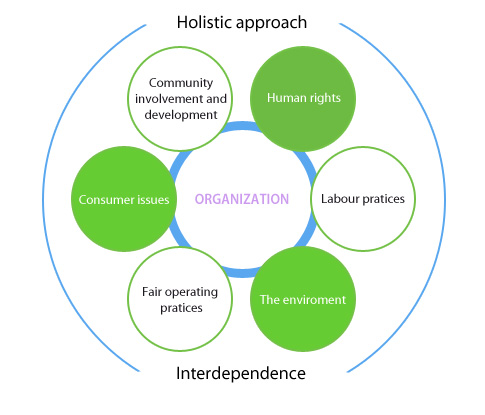1-3 Bach.Net Present Value (NPV)
What Is Net Present Value (NPV)?
Net present value (NPV) is the difference between the present value of cash inflows and the present value of cash outflows over a period of time. NPV is used in capital budgeting and investment planning to analyze the profitability of a projected investment or project. NPV is the result of calculations used to find today’s value of a future stream of payments.
For example, an investor could receive $100 today or a year from now. Most investors would not be willing to postpone receiving $100 today. However, what if an investor could choose to receive $100 today or $105 in one year? The 5% rate of return (RoR) for waiting one year might be worthwhile for an investor unless another investment could yield a rate greater than 5% over the same period.
If an investor knew they could earn 8% from a relatively safe investment over the next year, they would choose to receive $100 today and not the $105 in a year, with the 5% rate of return. In this case, 8% would be the discount rate.
Calculating Net Present Value
Step 1: NPV of the initial investment
Because the equipment is paid for upfront, this is the first cash flow included in the calculation. No elapsed time needs to be accounted for, so today’s outflow of $1,000,000 doesn’t need to be discounted.
Identify the number of periods (t): The equipment is expected to generate monthly cash flow and last for five years, which means there will be 60 cash flows and 60 periods included in the calculation.
Step 2: NPV of future cash flows
Assume the monthly cash flows are earned at the end of the month, with the first payment arriving exactly one month after the equipment has been purchased. This is a future payment, so it needs to be adjusted for the time value of money. An investor can perform this calculation easily with a spreadsheet or calculator. To illustrate the concept, the first five payments are displayed in the table below.
The full calculation of the present value is equal to the present value of all 60 future cash flows, minus the $1,000,000 investment. The calculation could be more complicated if the equipment was expected to have any value left at the end of its life, but in this example, it is assumed to be worthless.






Comments
Post a Comment